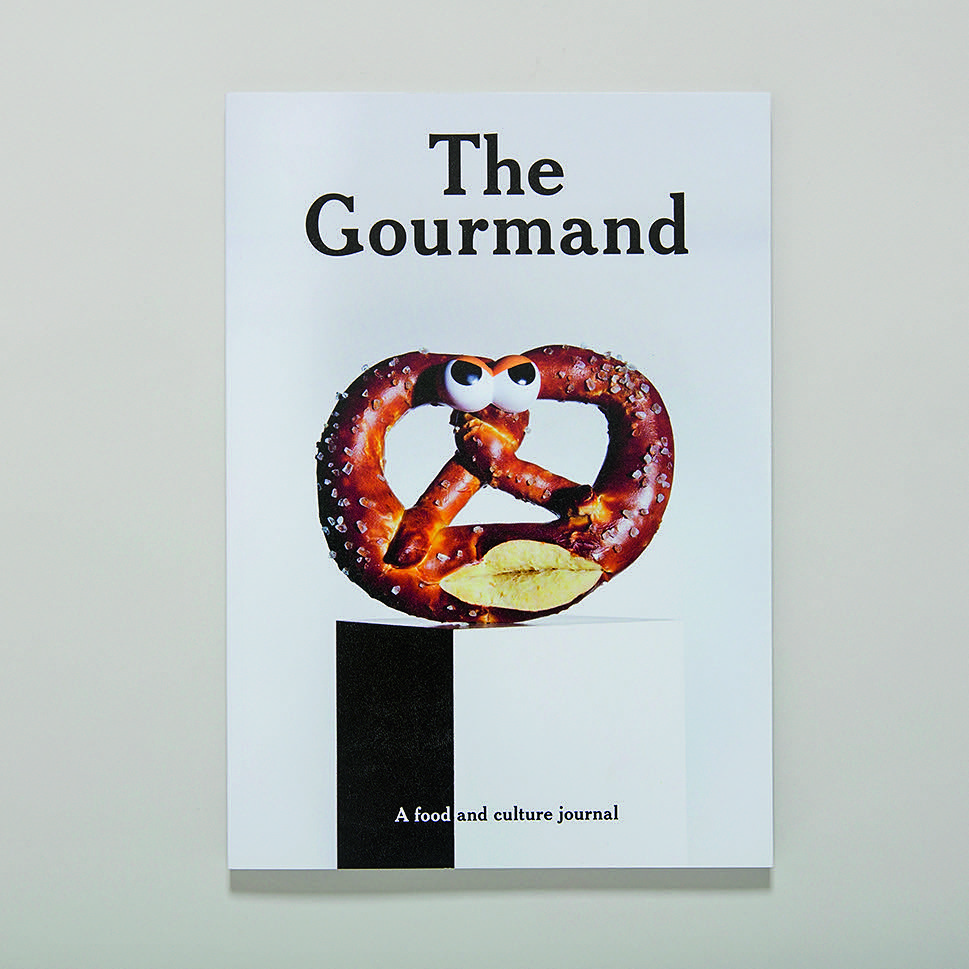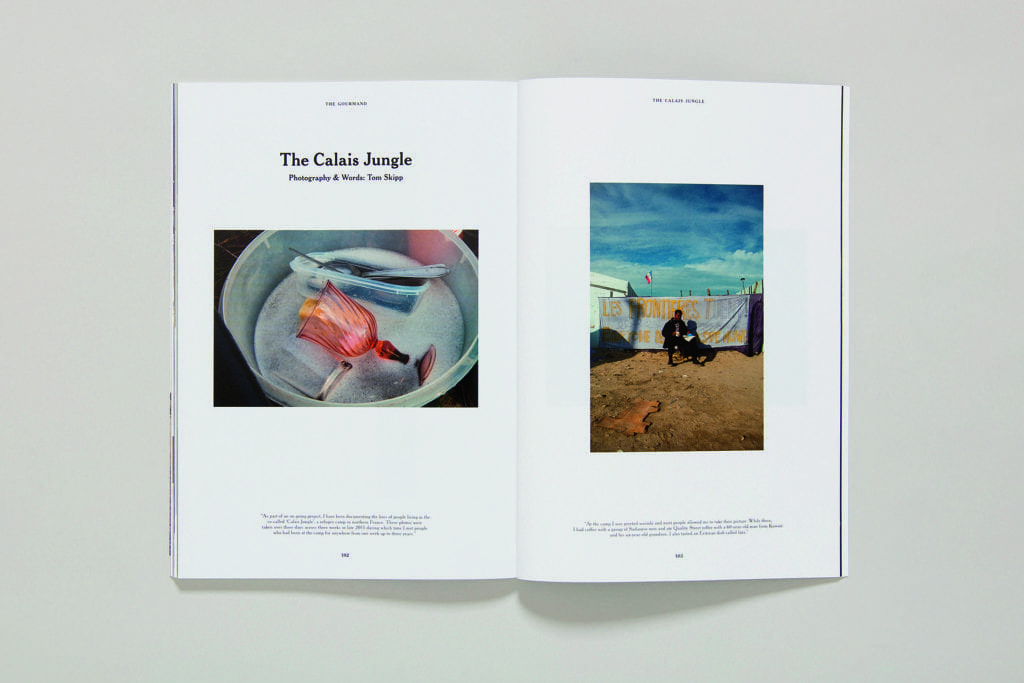
What do these pieces have in common? Very little other than the polish of the final images. Reading The Gourmand can feel like flicking through more than one magazine – in a good way.
Chefs’ profiles, recipes and dissertations on the intricate design of cooking apparatus all feature in the periodical, which offers something for everyone but somehow brings it all together to work as a whole. “We’ve found a way to make a rich, varied and eclectic aesthetic into our own aesthetic,” says David Lane, the magazine’s co-founder, editor in-chief and creative director.
“A lot of publications are very good at setting either a clean, bleak, minimalist look or, moving to the other end of the spectrum, a punk persona. We are not interested in following a visual bottom line other than enabling artists to run with their ideas.”
He conceived the biannual in 2011 with Marina Tweed, fellow founder, editor-in-chief and publisher. “At the time, we felt that culinary publications were quite prescriptive. They all followed the same formula of sharing recipes and writing reviews, both of which tended to be accompanied by colourful, very saturated images of tasty looking food.
“Yet the culture that surrounds food, which is the most universal thing in the world, was seldom given much consideration.”
To broaden the scope of what could be conceived of as “food journalism”, the pair reached out to people who were interested in culinary experiences without necessarily being experts. “We wanted to bring a level of quality and thought to the imagery that didn’t really exist in that sphere yet. We worked with teams that are usually associated with fashion and fine arts,” explains Lane, who has since gone on to become art director of Frieze Magazine.

“We didn’t intend The Gourmand to carry on beyond the first test issue, but the response we got prompted us to formalise it,” says Lane.
Every piece in the magazine is commissioned, which means that the two editors don’t take work on spec. “We receive a lot of great work but, since our personality is to be bespoke, and given that I always have a hand in the art direction, it’s not how we operate,” says Lane. Still, he likes to see new work and always appreciates finding original talent.
“It’s really tempting for a young photographer to replicate the work of masters. Sure, you learn a lot from doing so, but if I’m interested in a certain style, I will hire the people who did it first, not the copycats,” he says. “I would much rather see imagery that is saying something, even if it’s not rendered well, than a meaningless lovely photograph.”
